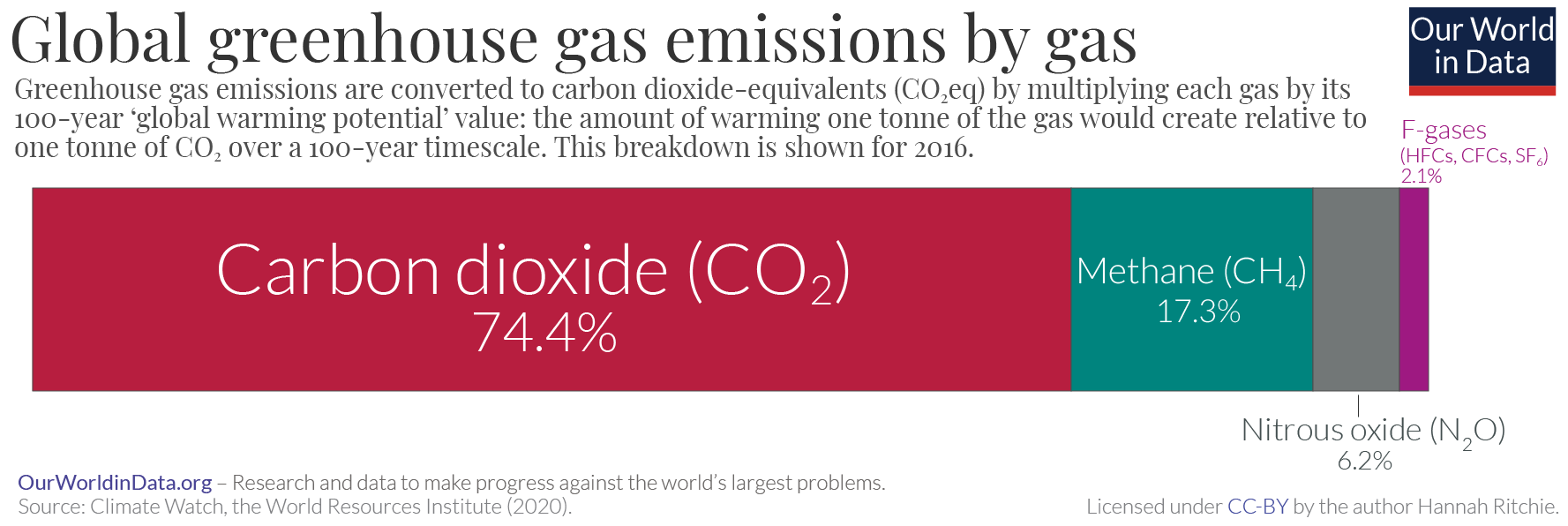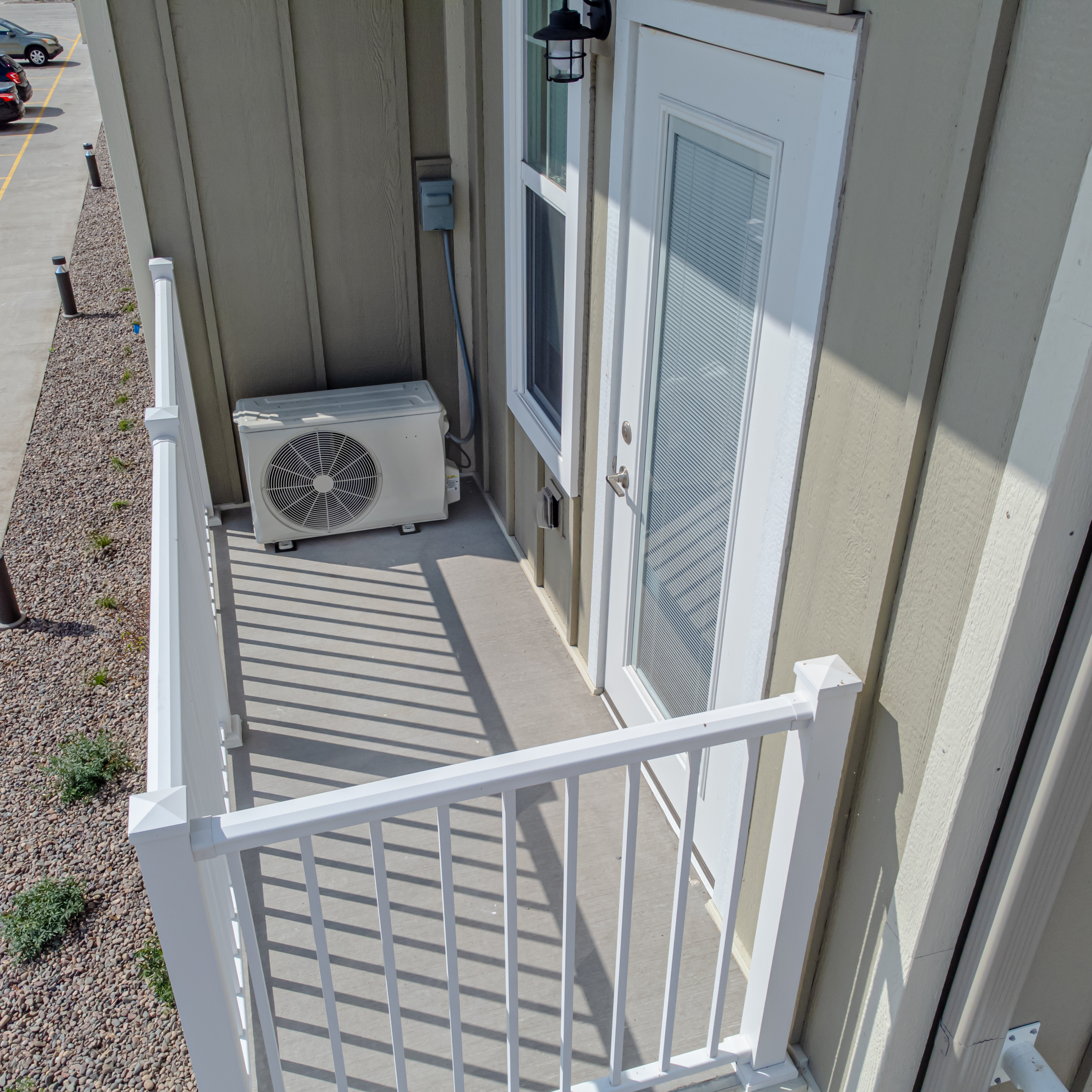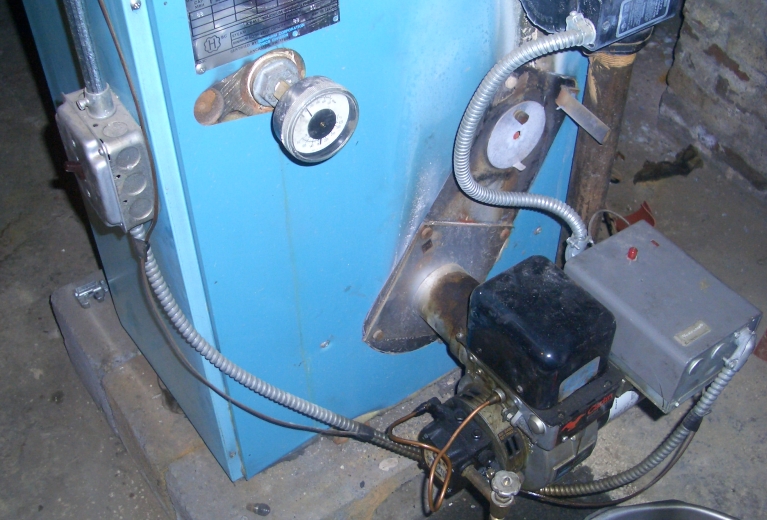|
Phase-out Of Fossil Fuel Boilers
The phase-out of fossil fuel boilers is a set of policies to remove the use of fossil gas (or "natural gas") and other fossil fuels from the heating of buildings and use in appliances. Typically gas is used to heat water, for showering, or central heating. In many countries, gas heating is one of the major contributors to greenhouse gas emissions and climate damage, leading a growing number of countries to introduce bans. Air source heat pumps are the main alternative. The International Energy Agency has said that new gas boilers (or gas furnaces) should be banned no later than 2025. Many installations and appliances have a life-span of 25 years, leading for calls that the bans must take place immediately, or at latest by 2025, because otherwise targets of net zero by 2050 cannot or are unlikely to be reached. However fossil fuels lobbyists are resisting phase-out. List of gas boiler bans The following table lists different ban types in new or existing buildings. [...More Info...] [...Related Items...] OR: [Wikipedia] [Google] [Baidu] |
Fossil Gas
Natural gas (also fossil gas, methane gas, and gas) is a naturally occurring compound of gaseous hydrocarbons, primarily methane (95%), small amounts of higher alkanes, and traces of carbon dioxide and nitrogen, hydrogen sulfide and helium. Methane is a colorless and odorless gas, and, after carbon dioxide, is the second-greatest greenhouse gas that contributes to global climate change. Because natural gas is odorless, a commercial odorizer, such as Methanethiol (mercaptan brand), that smells of hydrogen sulfide (rotten eggs) is added to the gas for the ready detection of gas leaks. Natural gas is a fossil fuel that is formed when layers of organic matter (primarily marine microorganisms) are thermally decomposed under oxygen-free conditions, subjected to intense heat and pressure underground over millions of years. The energy that the decayed organisms originally obtained from the sun via photosynthesis is stored as chemical energy within the molecules of methane and other ... [...More Info...] [...Related Items...] OR: [Wikipedia] [Google] [Baidu] |
Greenhouse Gas Emissions
Greenhouse gas (GHG) emissions from human activities intensify the greenhouse effect. This contributes to climate change. Carbon dioxide (), from burning fossil fuels such as coal, petroleum, oil, and natural gas, is the main cause of climate change. The top contributors to greenhouse gas emissions, largest annual emissions are from China followed by the United States. The United States has List of countries by greenhouse gas emissions per capita, higher emissions per capita. The main producers fueling the emissions globally are Big Oil, large oil and gas companies. Emissions from human activities have increased Carbon dioxide in Earth's atmosphere, atmospheric carbon dioxide by about 50% over pre-industrial levels. The growing levels of emissions have varied, but have been consistent among all greenhouse gases. Emissions in the 2010s averaged 56 billion tons a year, higher than any decade before. Total cumulative emissions from 1870 to 2022 were 703 (2575 ), of which 484±20 (177 ... [...More Info...] [...Related Items...] OR: [Wikipedia] [Google] [Baidu] |
Climate Damage
Effects of climate change are well documented and growing for Earth's natural environment and human societies. Changes to the climate system include an overall warming trend, changes to precipitation patterns, and more extreme weather. As the climate changes it impacts the natural environment with effects such as more intense forest fires, thawing permafrost, and desertification. These changes impact ecosystems and societies, and can become irreversible once tipping points are crossed. Climate activists are engaged in a range of activities around the world that seek to ameliorate these issues or prevent them from happening. The effects of climate change vary in timing and location. Up until now the Arctic has warmed faster than most other regions due to climate change feedbacks. Surface air temperatures over land have also increased at about twice the rate they do over the ocean, causing intense heat waves. These temperatures would stabilize if greenhouse gas emissions w ... [...More Info...] [...Related Items...] OR: [Wikipedia] [Google] [Baidu] |
Air Source Heat Pump
An air source heat pump (ASHP) is a heat pump that can absorb heat from air outside a building and release it inside; it uses the same vapor-compression refrigeration process and much the same equipment as an air conditioner, but in the opposite direction. ASHPs are the most common type of heat pump and, usually being smaller, tend to be used to heat individual houses or flats rather than blocks, districts or industrial processes. ''Air-to-air'' heat pumps provide hot or cold air directly to rooms, but do not usually provide hot water. ''Air-to-water'' heat pumps use radiators or underfloor heating to heat a whole house and are often also used to provide domestic hot water. An ASHP can typically gain 4 kWh thermal energy from 1 kWh electric energy. They are optimized for flow temperatures between , suitable for buildings with heat emitters sized for low flow temperatures. With losses in efficiency, an ASHP can even provide full central heating with a flow tempera ... [...More Info...] [...Related Items...] OR: [Wikipedia] [Google] [Baidu] |
International Energy Agency
The International Energy Agency (IEA) is a Paris-based autonomous intergovernmental organization, established in 1974, that provides policy recommendations, analysis and data on the global energy sector. The 31 member countries and 13 association countries of the IEA represent 75% of global energy demand. The IEA was set up under the framework of the Organisation for Economic Co-operation and Development (OECD) in the aftermath of the 1973 oil crisis to respond to physical disruptions in global oil supplies, provide data and statistics about the global Petroleum industry, oil market and Energy industry, energy sector, promote energy savings and conservation, and establish international technical collaboration. Since its founding, the IEA has also coordinated use of the oil reserves that its members are required to hold. By regularly underestimating the role of renewable energies and overestimating the growth of nuclear energy, the IEA promotes the nuclear industry. In subsequen ... [...More Info...] [...Related Items...] OR: [Wikipedia] [Google] [Baidu] |
Gas Boiler
Condensing boilers are water heaters typically used for heating systems that are fueled by gas or oil. When operated in the correct circumstances, a heating system can achieve high efficiency (greater than 90% on the higher heating value) by condensing water vapour found in the exhaust gases in a heat exchanger to preheat the circulating water. This recovers the latent heat of vaporisation, which would otherwise have been wasted. The condensate is sent to a drain. In many countries, the use of condensing boilers is compulsory or encouraged with financial incentives. For the condensation process to work properly, the return temperature of the circulating water must be around or below, so condensing boilers are often run at lower temperatures, around or below, which can require larger pipes and radiators than non-condensing boilers. Nevertheless, even partial condensing is more efficient than a conventional non-condensing boiler. Operational principle In a conventional boiler, ... [...More Info...] [...Related Items...] OR: [Wikipedia] [Google] [Baidu] |
Furnace (central Heating)
A furnace (American English), referred to as a heater or boiler in British English, is an appliance used to generate heat for all or part of a building. Furnaces are mostly used as a major component of a Central heating, central heating system. Furnaces are permanently installed to provide heat to an interior space through intermediary fluid movement, which may be air, steam, or hot water. Heating appliances that use steam or hot water as the fluid are normally referred to as a residential steam boilers or residential hot water boilers. The most common fuel source for modern furnaces in North America and much of Europe is natural gas; other common fuel sources include liquefied petroleum gas, LPG (liquefied petroleum gas), fuel oil, wood and in rare cases coal. In some areas electrical resistance heating is used, especially where the cost of electricity is low or the primary purpose is for air conditioning. Modern high-efficiency furnaces can be up to 98% Thermal efficiency, effi ... [...More Info...] [...Related Items...] OR: [Wikipedia] [Google] [Baidu] |
Fossil Fuels Lobby
The fossil fuels lobby includes paid representatives of corporations involved in the fossil fuel industry (oil, gas, coal), as well as related industries like chemicals, plastics, aviation and other transportation. Because of their wealth and the importance of energy, transport and chemical industries to local, national and international economies, these lobbies have the capacity and money to attempt to have outsized influence on governmental policy. In particular, the lobbies have been known to obstruct policy related to environmental protection, environmental health and climate action. Lobbies are active in most fossil-fuel intensive economies with democratic governance, with reporting on the lobbies most prominent in Canada, Australia, the United States and Europe; however, the lobbies are present in many parts of the world. Big Oil companies such as ExxonMobil, Shell, BP, TotalEnergies, Chevron Corporation, and ConocoPhillips are among the largest corporations associated wit ... [...More Info...] [...Related Items...] OR: [Wikipedia] [Google] [Baidu] |
California Air Resources Board
The California Air Resources Board (CARB or ARB) is an agency of the government of California that aims to reduce air pollution. Established in 1967 when then-governor Ronald Reagan signed the Mulford-Carrell Act, combining the Bureau of Air Sanitation and the Motor Vehicle Pollution Control Board, CARB is a department within the cabinet (government), cabinet-level California Environmental Protection Agency. The stated goals of CARB include attaining and maintaining healthy air quality; protecting the public from exposure to toxic air contaminants; and providing innovative approaches for complying with air pollution rules and regulations. CARB has also been instrumental in driving innovation throughout the global automotive industry through programs such as its ZEV mandate. One of CARB's responsibilities is to define United States emission standards, vehicle emissions standards. California is the only state permitted to issue emissions standards under the federal Clean Air Act ... [...More Info...] [...Related Items...] OR: [Wikipedia] [Google] [Baidu] |
Fossil Fuel Phase-out
Fossil fuel phase-out is the proposed gradual global reduction of the use and production of fossil fuels to zero, to reduce air pollution, limit climate change, and strengthen energy independence. It is part of the ongoing renewable energy transition. Many countries are shutting down coal-fired power stations, and fossil-fuelled electricity generation is thought to have peaked. But electricity generation is not moving off coal fast enough to meet climate goals. Many countries have set dates to stop selling petrol and diesel cars and trucks, but a timetable to stop burning fossil gas has not yet been agreed. Current efforts in fossil fuel phase-out involve replacing fossil fuels with sustainable energy sources in sectors such as transport and heating. Alternatives to fossil fuels include electrification, green hydrogen and biofuel. Phase-out policies include both demand-side and supply-side measures. Whereas demand-side approaches seek to reduce fossil-fuel consumption, su ... [...More Info...] [...Related Items...] OR: [Wikipedia] [Google] [Baidu] |
Phase-out Of Fossil Fuel Vehicles
A phase-out of fossil fuel vehicles are proposed bans or discouragement (for example via taxes) on the sale of new fossil-fuel powered vehicles or use of existing fossil-fuel powered vehicles, as well the encouragement of using modal share, other forms of transportation. Vehicles that are powered by fossil fuels, such as gasoline, gasoline (petrol), Diesel fuel, diesel, kerosene, and fuel oil are set to be phased out by a number of countries. It is one of the three most important parts of the general fossil fuel phase-out process, the others being the Fossil fuel power station#Phase out of fossil fuel power plants, phase-out of fossil fuel power plants for electricity generation and decarbonisation of Secondary sector of the economy, industry. Many countries and cities around the world have stated they will ban the sale of passenger vehicles (primarily cars and buses) powered by fossil fuels such as gasoline, petrol, liquefied petroleum gas, and Diesel fuel, diesel at some time ... [...More Info...] [...Related Items...] OR: [Wikipedia] [Google] [Baidu] |
Plastic Bans
Plastic bans are laws that prohibit the use of polymers manufactured from petroleum or other fossil fuels, given the pollution and threat to biodiversity that they cause. A growing number of countries have instituted plastic bag bans, and a ban on single-use plastic (such as throw-away forks or plates), and are looking to spread bans to all plastic packaging, plastic clothing (such as polyester and acrylic fiber, or any other form of unnecessary plastic that could be replaced with an easily biodegradable, non-fossil-fuel or non-polluting alternative. Plastics biodegrade over a long period of time, and may not biodegrade fully (so that they are absorbed into the ecosystemic) leaving traces of microplastics, ranging from 450 years for a PET plastic bottle (type 1) to thousands "never" for polypropylene-based products, including food containers (type 5). See also *Bioplastic *Cutlery *Phase-out of fossil fuels *Phase-out of fossil fuel vehicles * Phase-out of gas boilers *Montreal ... [...More Info...] [...Related Items...] OR: [Wikipedia] [Google] [Baidu] |







